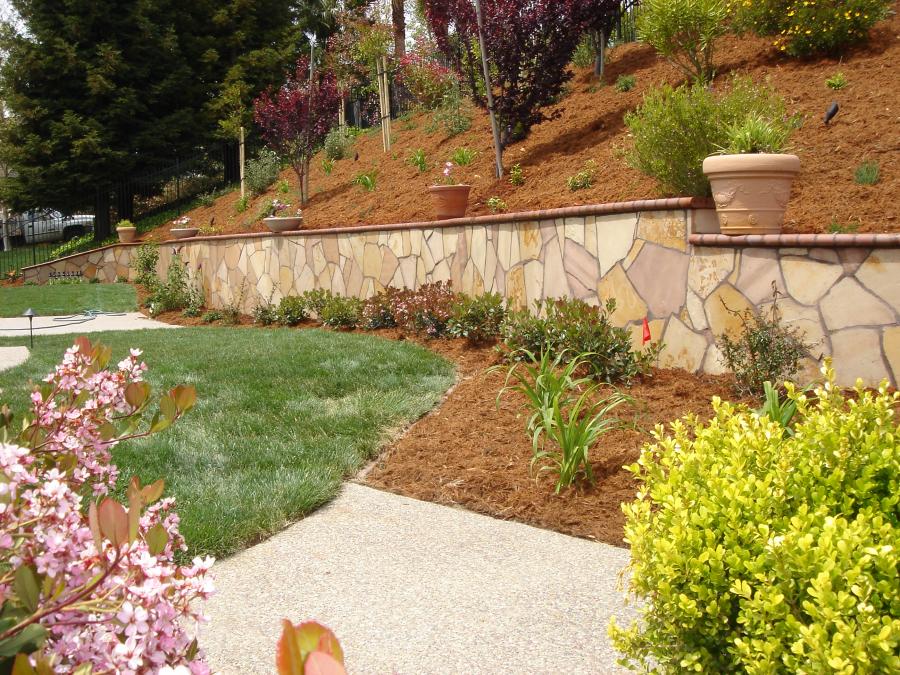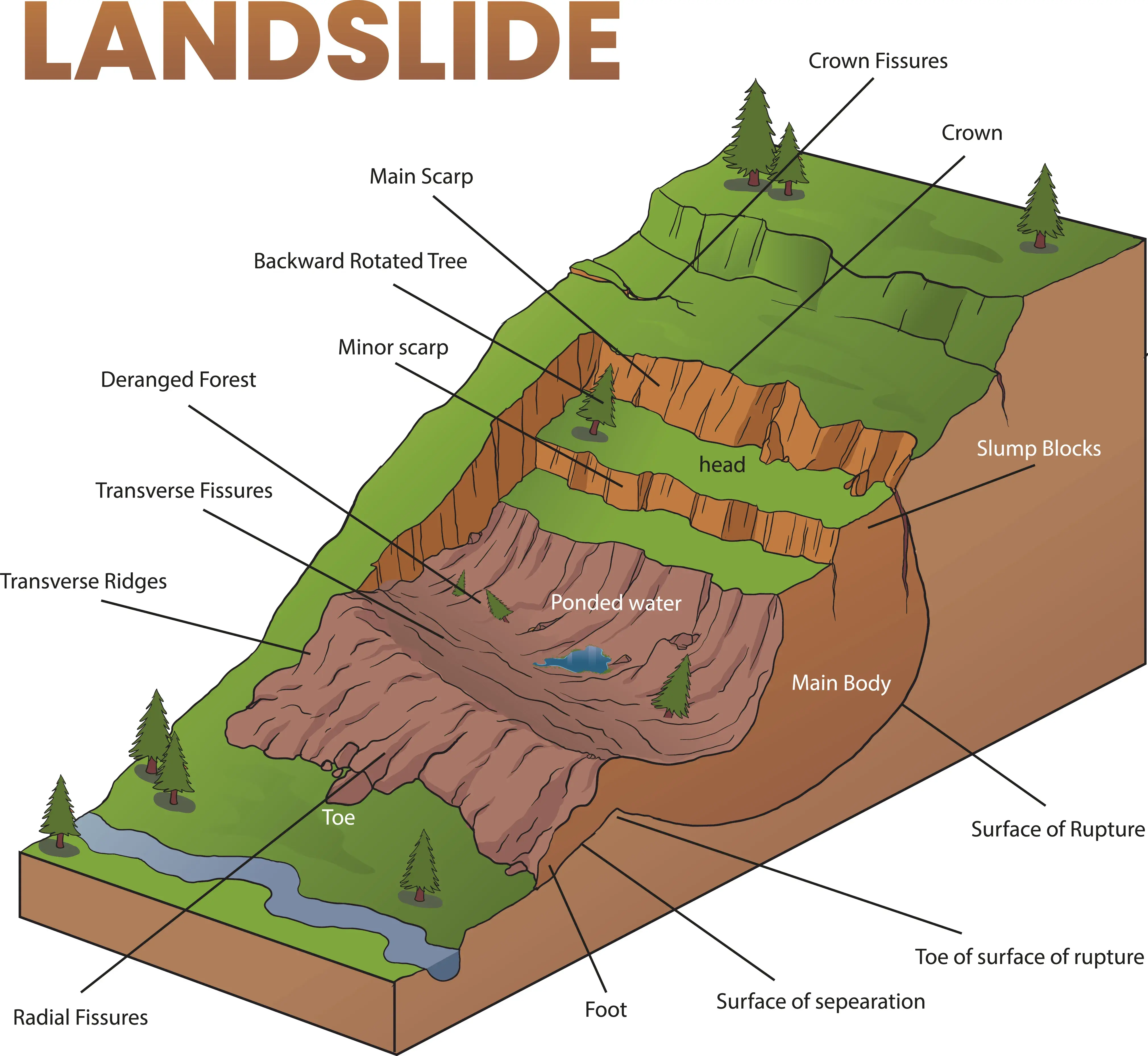How to Protect Your Property from a Landslide

If you think your property is at risk:
- Learn about the history of your property. Areas that have experienced landslides in the past are likely to experience them again. Your city may keep records of past landslides, and you can also try this landslide inventory-mapping tool (in beta) from the California Department of Conservation.
- Hire a professional to evaluate the drainage on your property. You may need to build channels to deflect flow around buildings. Be aware: you are responsible for damage to neighboring properties caused by water diverted from your own.
- Plant ground cover on slopes—the root networks can help stabilize hilly areas.
- Consider hiring a professional to build a retaining wall. Bear in mind that any retaining wall built to contain soil should be designed by a licensed engineering contractor and built either by the designer or an experienced contractor who’s able to follow the design precisely.
- Have flexible pipefittings installed to avoid gas or water leaks in the event of a landslide.
There are several conditions that can lead to a landslide, including steep slopes; loose or fragmented soil and rock; and the presence of water, which reduces the friction between particles and makes the ground more susceptible to movement. Heavy rainfall or rapid snowmelt can saturate the soil, increasing its weight and further reducing stability. Earthquakes can also trigger landslides by shaking loose soil and rocks. Additionally, human activities like deforestation, mining, and construction can destabilize slopes by altering the natural drainage and removing vegetation that helps anchor the soil. When these conditions occur at the same time, the gravitational force overcomes the friction holding the materials in place, causing a landslide.

A landslide is comprised of several parts. At the top is the crown, which is the original, stable ground before the slide begins. Below the crown is the head, where the ground first breaks away. The main scarp is a steep cut left behind at the head. The moving mass of earth and rock is called the body of the landslide, which travels down the slope along a surface called the slip plane or failure plane (this is where the slide separates from stable ground). At the bottom is the toe, where the landslide material comes to rest, often forming a pile of debris. Along the sides are flanks, which are the edges of the landslide.
Use Diamond Certified Resource to find top rated companies.
Local, Top Rated Diamond Certified Companies Related to Your Topic
Contra Costa County Foundation Contractors
Alameda County Foundation Contractors
San Mateo County Foundation Contractors
San Francisco Foundation Contractors
Sonoma County Foundation Contractors
Related Articles
The Homeowner's Guide to Landscaping & Lawn Care
Get Expert Advice From Owners of Top Rated Local Companies
Become a Diamond Certified Preferred Member (Always Free)